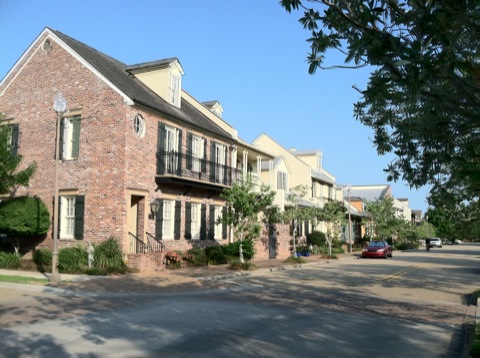A return to the cities and rejection of the suburbs is an article of faith among smart-growth planners, and their wishful thinking is often supported by breathless media reports. The latest news comes from 2011 Census estimates, which the Wall Street Journal reports as revealing that the “cities outpace suburbs in growth.” MSNBC reports that “cities grow more than suburbs [for the] first time in 100 years.”
What do the numbers actually say? Of the 51 largest metropolitan areas, the percentage growth of 26 center cities was higher than the percentage growth of their suburbs. Why 51? Maybe because if they only looked at the 50 largest areas, exactly half of their cities would have grown faster than the suburbs and then they couldn’t say “most.” The percentage growth of central cities in all 51 of the largest areas combined was also higher than of their suburbs, but not by much: 1.03 percent vs. 0.93 percent.
That’s percentage growth, and if that continued as a long-term trend, it might be meaningful. But in fact it was only one year, from 2010 to 2011 (and the 2011 numbers are only estimates). And since, in most cases, the central cities make up only a small portion of the metropolitan area, faster percentage growth doesn’t translate into a large numeric growth. For example, Atlanta grew by 2.4 percent while its suburbs grew by only 1.3 percent. But Atlanta’s 2.4-percent gain means 10,040 new residents, while the suburbs 1.3 percent gain means 62,869 new residents. In other words, Atlanta suburbs actually gained more than six times as many people as Atlanta itself.









